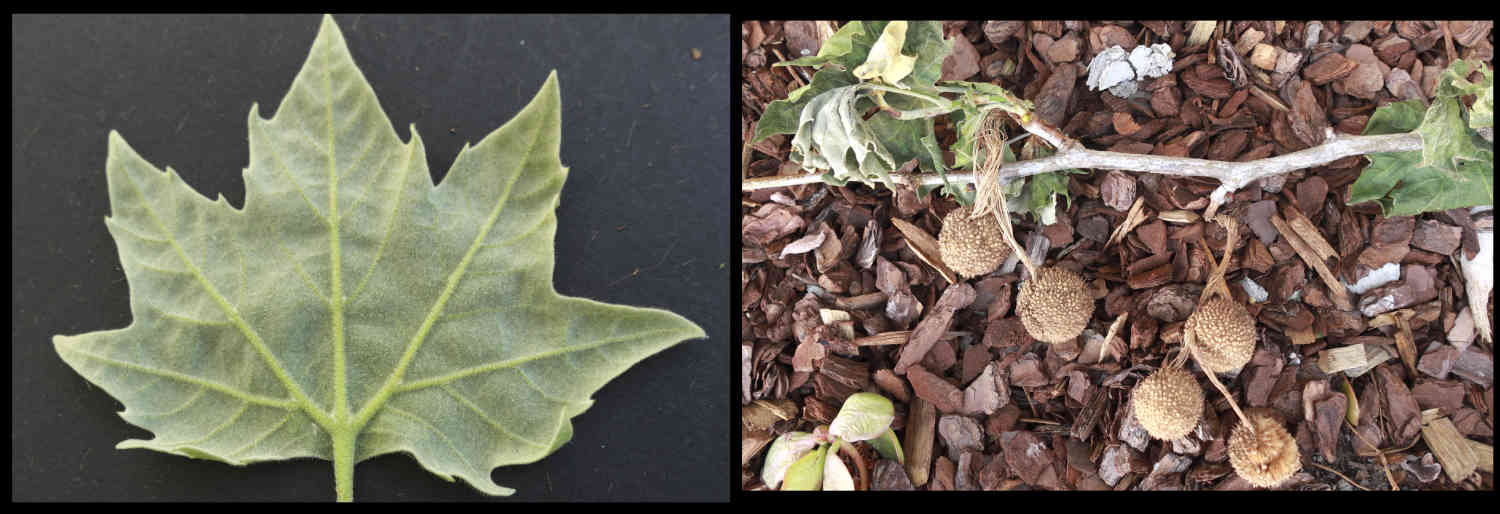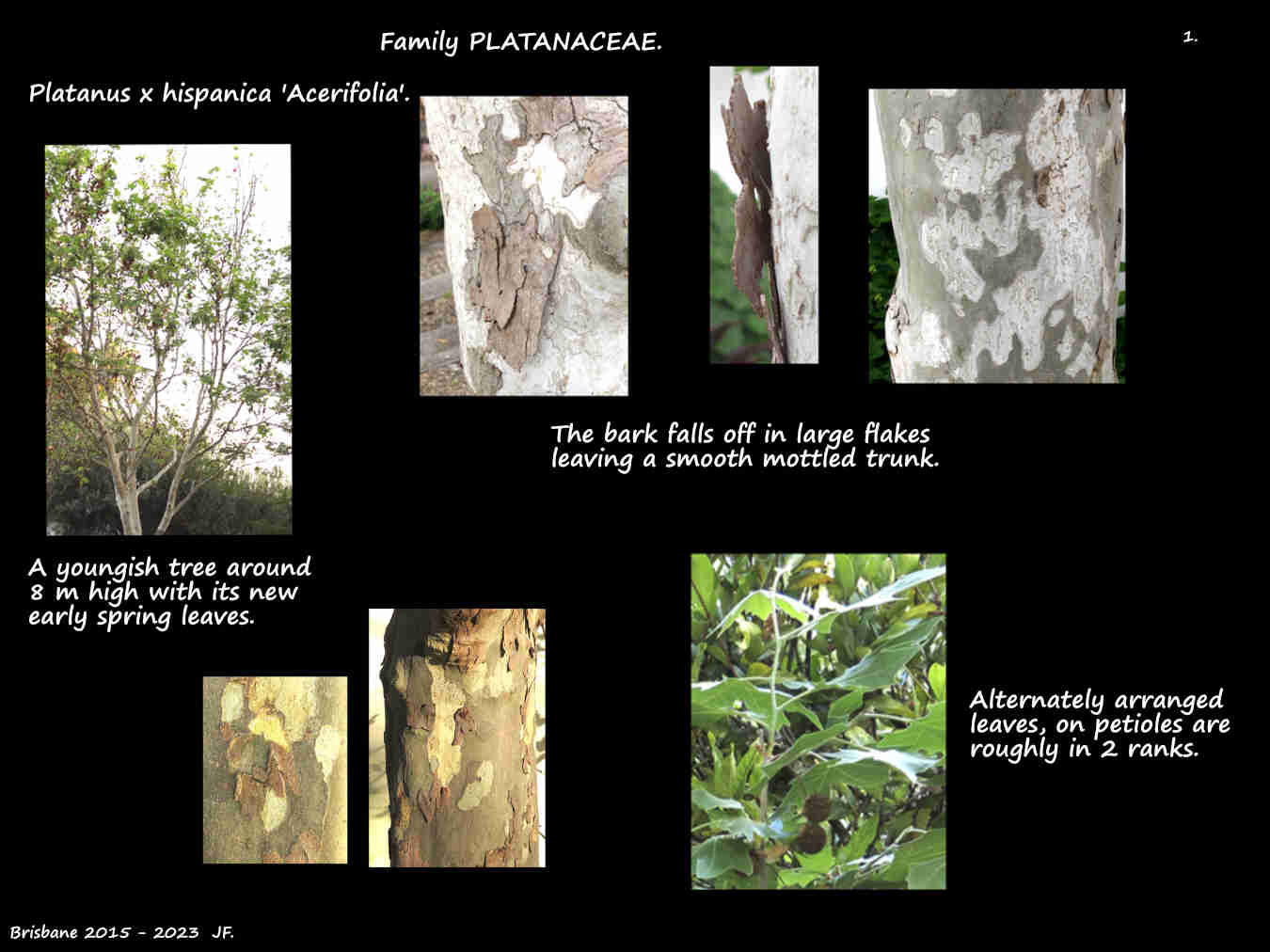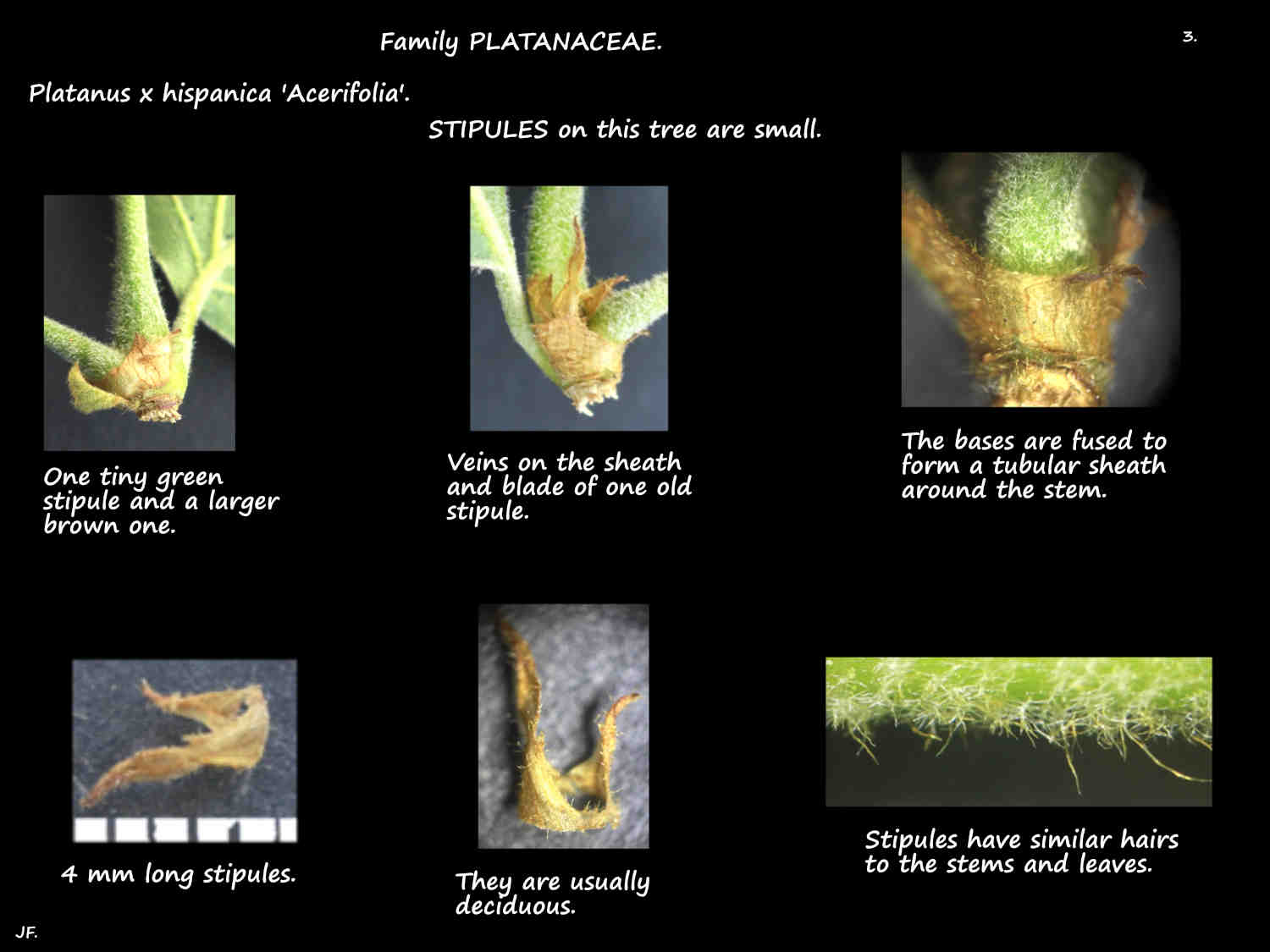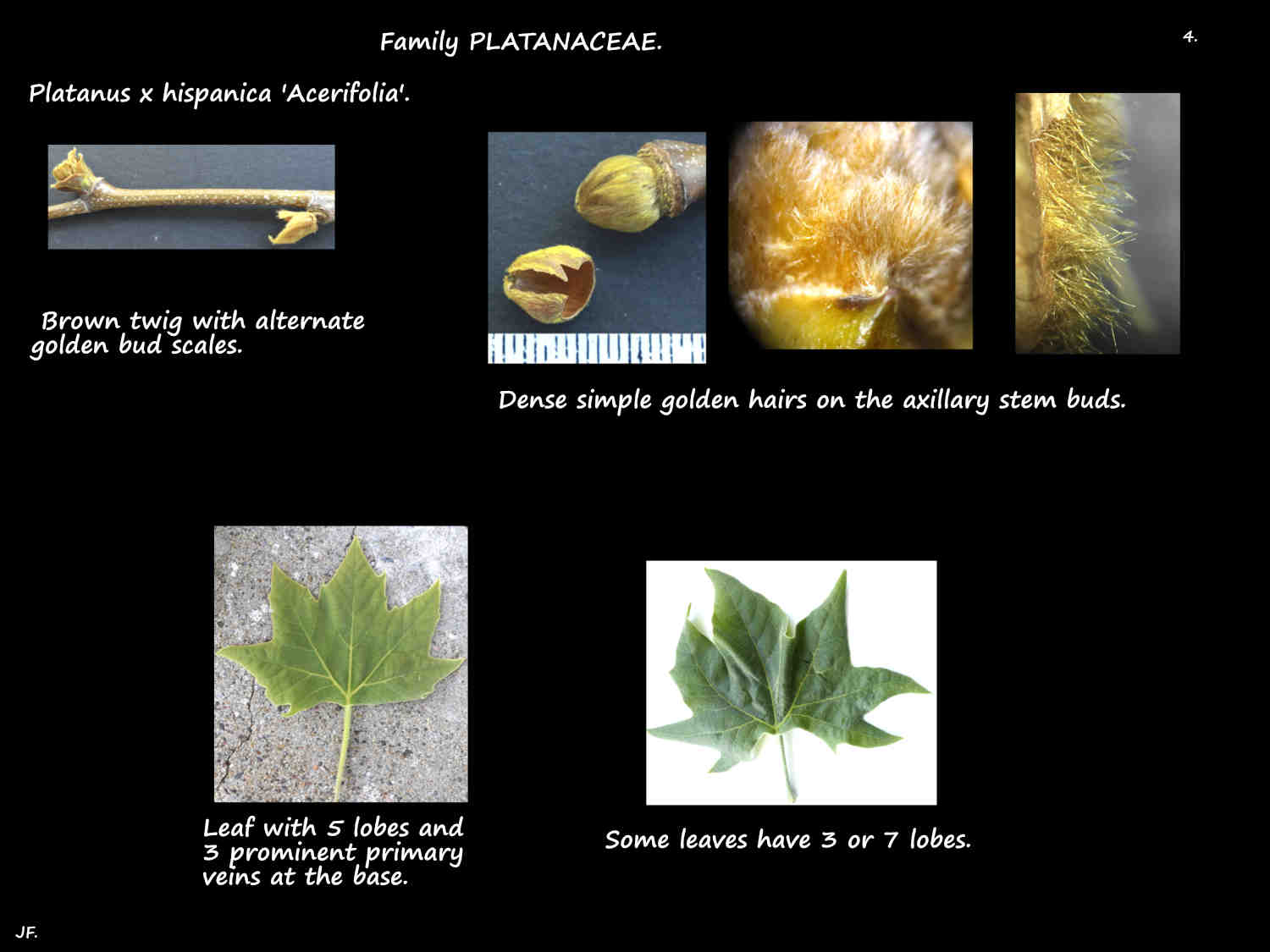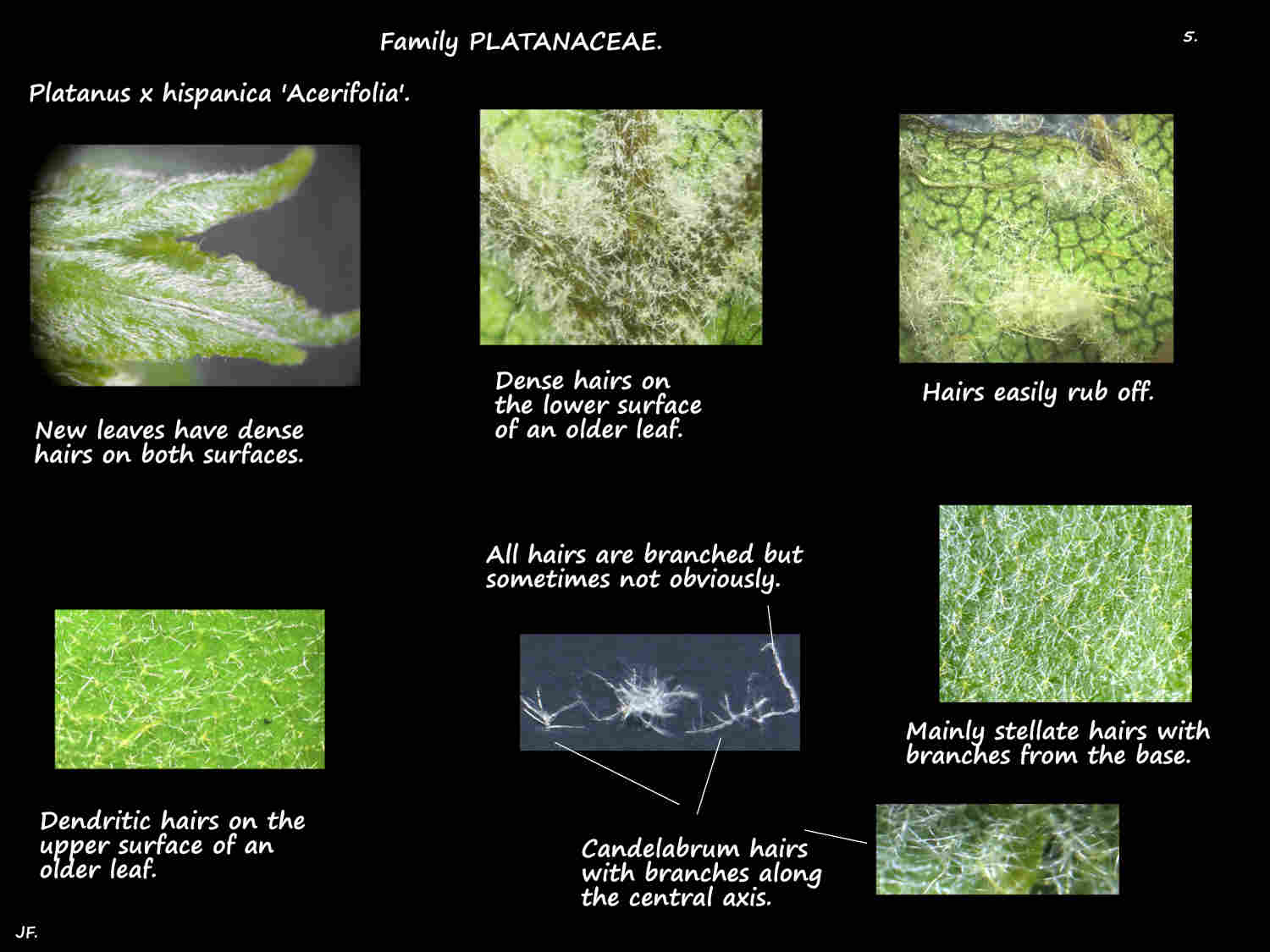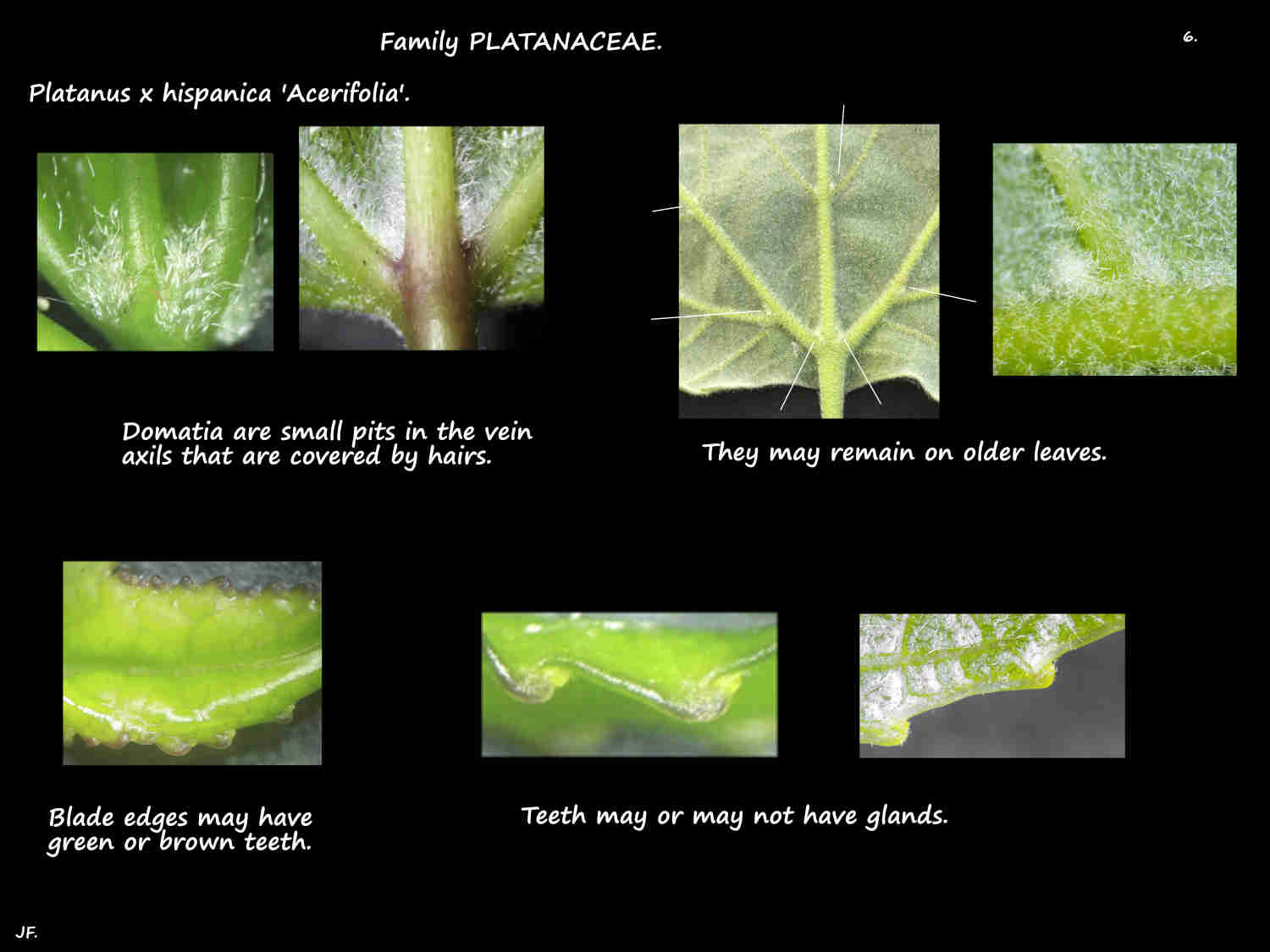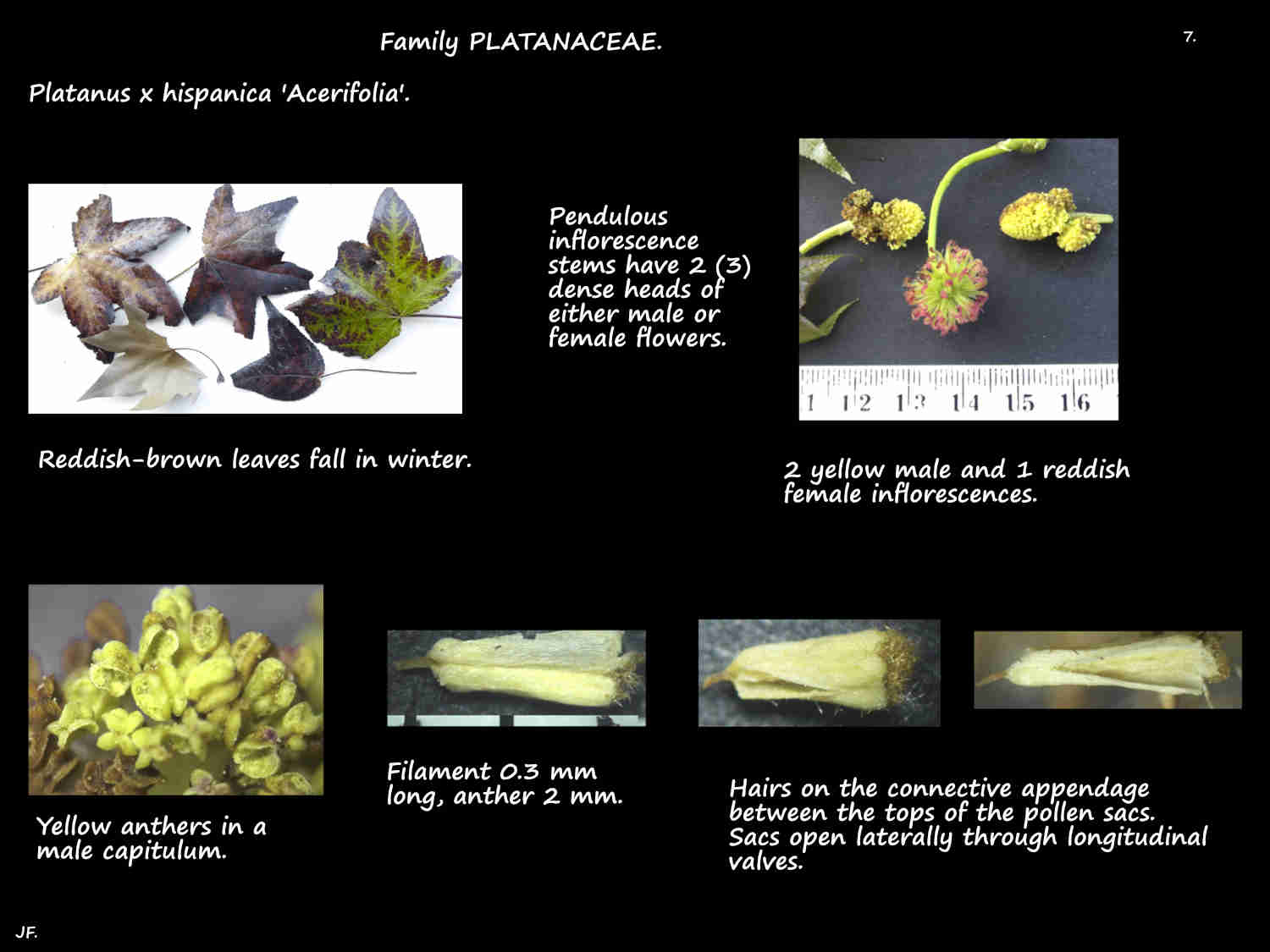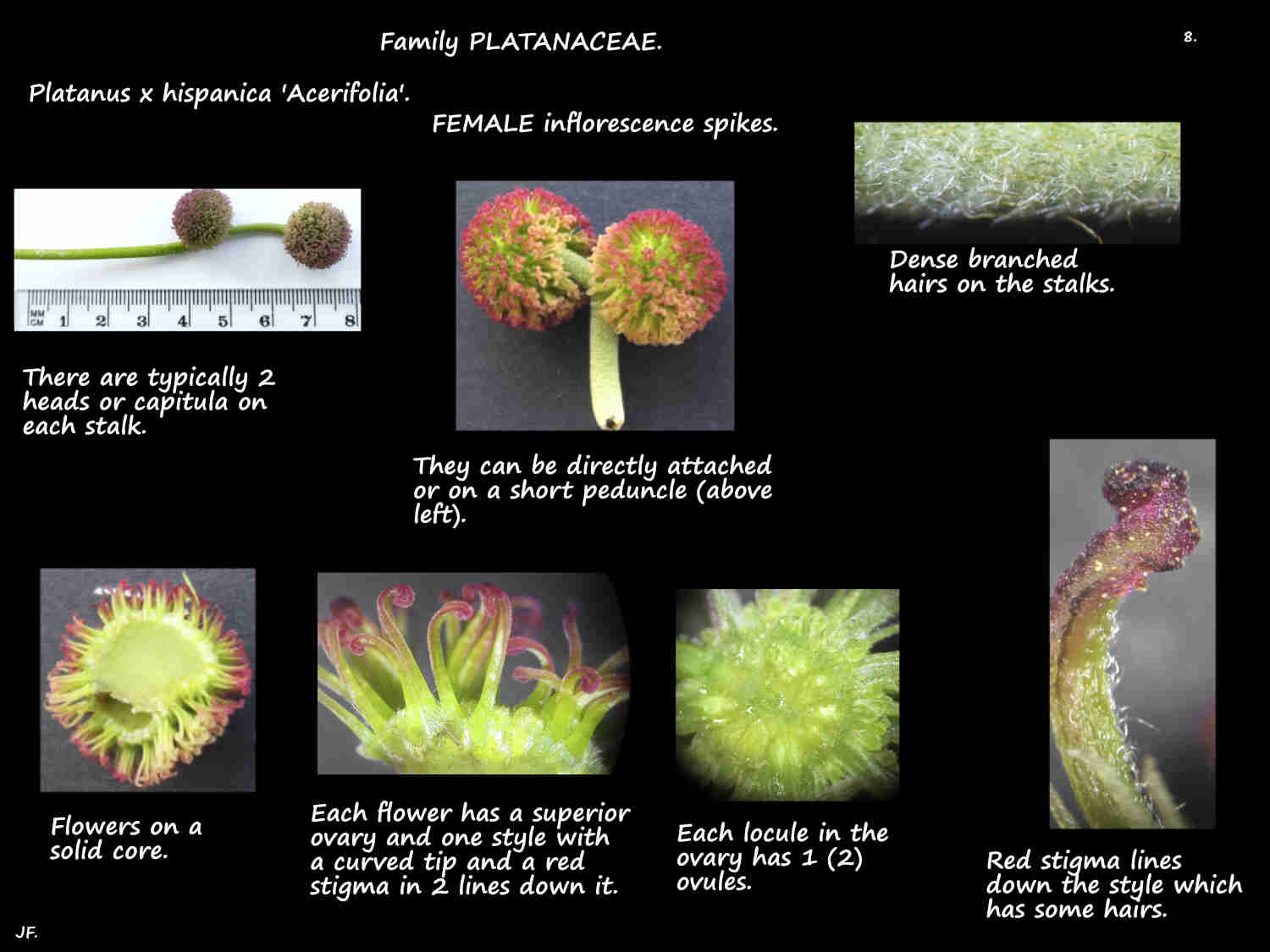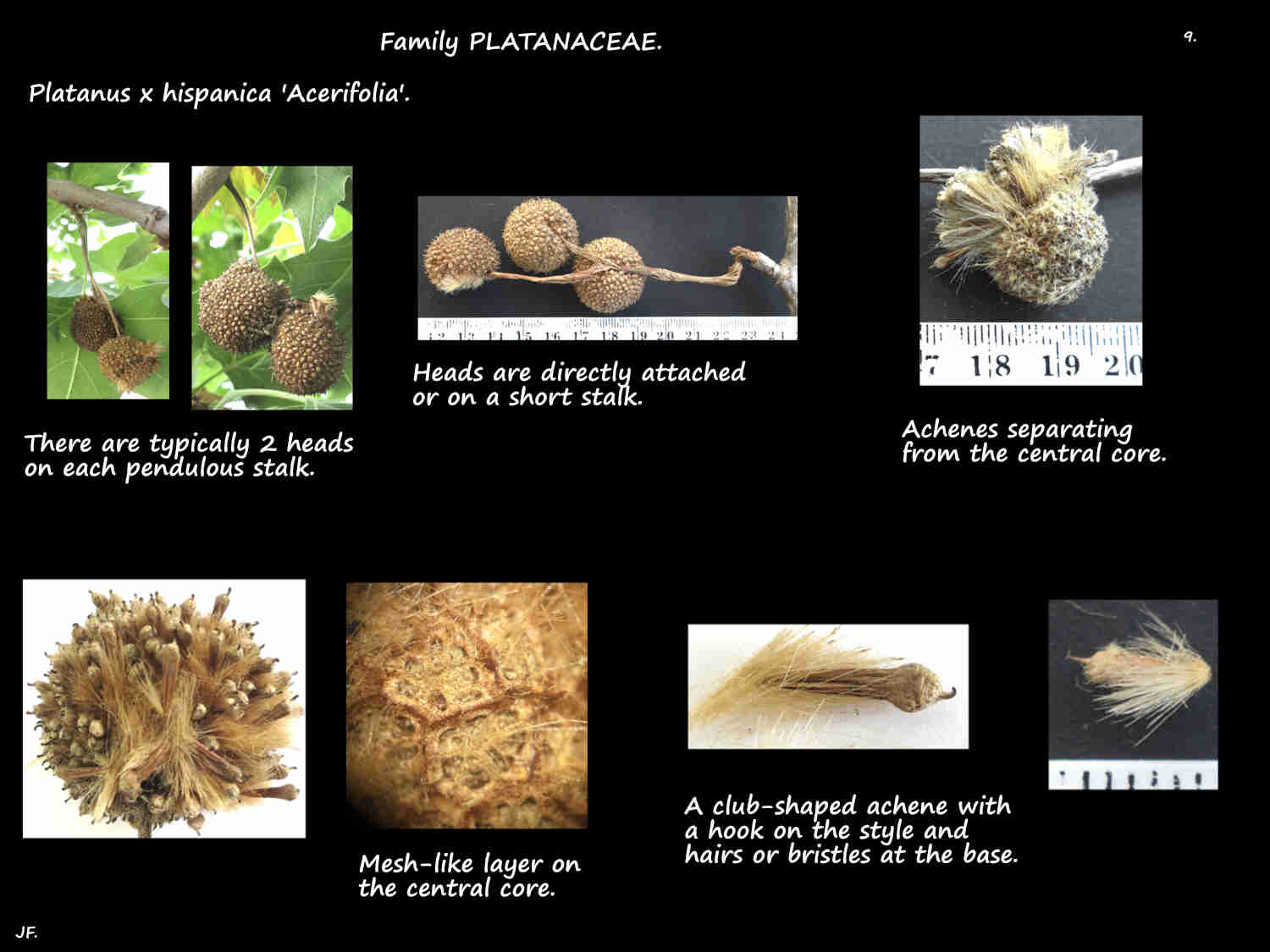Platanus x hispanica ‘Acerifolia’.
Since 2019 Platanus x hispanica has been the accepted name for the London plane tree previously known as
Platanus x acerifolia and Platanus x hybrida.
According to Plants of the World Online (Kew) it has 31 synonyms including Platanus x acerifolia, Platanus x hybrida, Platanus x acerifolia var. hispanica, Platanus occidentalis var. hispanica and Platanus orientalis var. hispanica.
The Queensland Department of Environment and Science and the Australian National Botanic Gardens use Platanus x hispanica ‘Acerifolia’.
Platanus x hispanica ‘Acerifolia’ is thought to be a hybrid of Platanus occidentalis and Platanus orientalis.
Young pyramidal trees, with a single trunk grow to mature rounded ones 20 to 30 m high.
The brownish bark on the trunk and main branches peels off in large flakes leaving smooth whitish, pale cream, fawn to dark grey patches.
New shoots have dense branched (dendritic) hairs.
The simple alternate leaves are spirally arranged and roughly in 2 ranks.
Petioles, up to around 10 cm long are densely covered in dendritic hairs.
The base widens and wraps around, or partly around the axillary stem bud.
The conical buds are densely covered in simple golden hairs.
The fused bases of the stipules form a tubular sheath on the stem just above a petiole.
The blades, up to around 1 cm long are green and leaf-like with 3 to 6 lobes, veins, a toothed edge and dense dendritic hairs.
They can be variable even on one tree and are usually deciduous.
The palmate leaf blades are up to 20 cm long and 25 cm wide.
They are very variable in shape with deep sinuses between the 5 (3 to 7) lobes.
The lobes may have coarse teeth or have small lobes themselves.
There are 3 (5) prominent primary veins from the base.
Young leaves have dense hairs on both surfaces.
Adult leaves usually have hairs on both surfaces but they may only be present on the veins on the lower.
Most of the pendulous terminal ‘inflorescences’ are on short side branches.
They consist of a stalk with 2 (1 to 4) densely packed flowers in spherical capitula or heads that are directly attached (sessile) or on a short peduncle.
In each ‘inflorescence’ the heads have either male or female flowers with both types on a tree.
The yellowish male flowers have 4 hairy sepals, 4 petals, 4 stamens and sometimes a rudimentary pistillode.
Reddish female flowers have 4 sepals and no petals (tiny infertile staminodes are sometimes interpreted as petals).
The superior ovary, with around 6 carpels has one style with a reddish stigma running down it in 2 rows.
Each spherical fruiting head, 2 to 3 cm across has a hard core surrounded by the fruit which are commonly known as achenes.
The brown club-shaped seeds may have scattered branched hairs and a beak from the persistent style which may have a hook at the end.
The pappus at the base consists of stiff hairs or bristles.
There are a few cultivars including one with redder leaves in autumn.
J.F.
